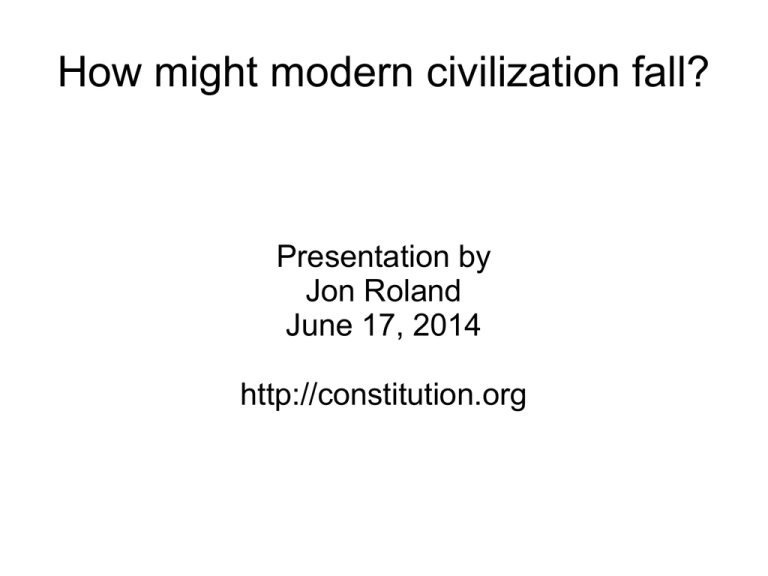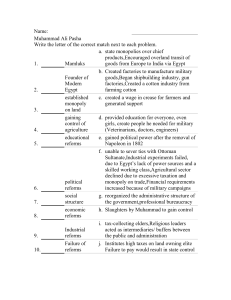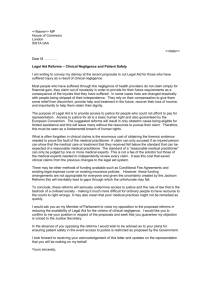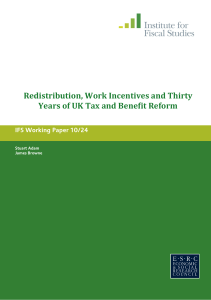hmmcf
advertisement

How might modern civilization fall? Presentation by Jon Roland June 17, 2014 http://constitution.org Past analysis: Edward Gibbon Book: Decline and Fall of the Roman Empire (1776-89) Roman Empire succumbed to barbarian invasions due to gradual loss of civic virtue. Praetorian Guard was primary catalyst of initial decay and eventual collapse. But not aware of many other economic, political, and ecological factors: excessive internal predation. Past analysis: Arnold Toynbee Book: Study of History (1961) Examines genesis, growth, breakdown, and disintegration of 19 major civilizations: Egyptian, Andean, Sinic, Minoan, Sumerian, Mayan, Indic, Hittite, Hellenic, Orthodox Christian (Russia), Orthodox Christian (main body), Persian, Mexican, Yucatec, Babylonic, and the surviving Western, Far Eastern, Hindu, and Arabic-Islamic. Each rose by successful responses to challenges that were great enough but not too great, and fell when stagnated from lack of challenge, or could not cope with greater challenges. Key is leadership by “creative minorities”, and not having too many hostile, alienated external or internal barbarians. Breakdown occurs when leaders become dominant and predatory, form “universal state”. Competition among destructive predators brings disintegration. External threats Predatory competing civilizations, alien invasion, refugee floods, nuclear war. Sudden disasters: volcanos, impactors, climate, earthquake, disease, celestial. Most are challenges that could be met with sufficient preparation, so real challenge and threat is lack of preparation. All surviving civilizations weak on preparation. Resource-depletion challenges Limits to Growth models. Motesharrei-Rivas-Kalnay (MRK) paper. They ignore alternative of urban biospheres, assume people remain scattered across Earth surface. Alternative discussed in “Three Futures for Earth”. See http://pynthan.com/vri/3f4e_002.htm But expensive, a lifeboat for only a few of those now living, even though for many of their descendants. Limits to Growth models MRK paper Starts with predator-prey models, where “prey” are resources. Examines nonrenewable, renewable, and stream resources, and depletion of each. Posits wealth-income inequality as predictor of destructive internal conflict. But in developed countries wealth inequality is inequality of power more than consumption, might become a factor after economic collapse, but that would be enough even without conflict. Urban biospheres Space cities Main threats to modern civilization Have to lump Far Eastern, Hindu in with Western, but Islamic is on uncertain course due to caliphism Non-violent, legal predation: rent-seeking Unmanageable complexity Incompetence, magical short-term thinking Keynesian cult External barbarians: caliphists, terrorists Internal barbarians: lawlessness, mal-bred children Excessive taxing, borrowing, spending Official immunity Ignorant, apathetic voters Easy prosperity, addiction to entertainment Rentseeking Unmanageable complexity Debt bubble Nuclear terrorism Official immunity The way forward - 1 Too late to avoid global economic collapse. But can prepare to endure, come out with lessons learned and needed reforms. Help one another become good preppers. Educate for austerity, adversity. Move toward strict constitutional compliance, without which laws, institutions won't be ready. Move away from fiat currencies. Pay off debt. The way forward - 2 Prepare for decades of chaos, not just months. Secure sources of water, food, power, medicine. Secure reliable communications: mesh networking. Organize for mutual defense. Secure reliable, easily maintained transport. Hoard barter goods. The way forward - 3 Constitutional reforms International reforms Statutory reforms Institutional reforms Financial reforms Educational reforms New technology Epitaph: Smart enough to create problems they weren't smart enough to solve









